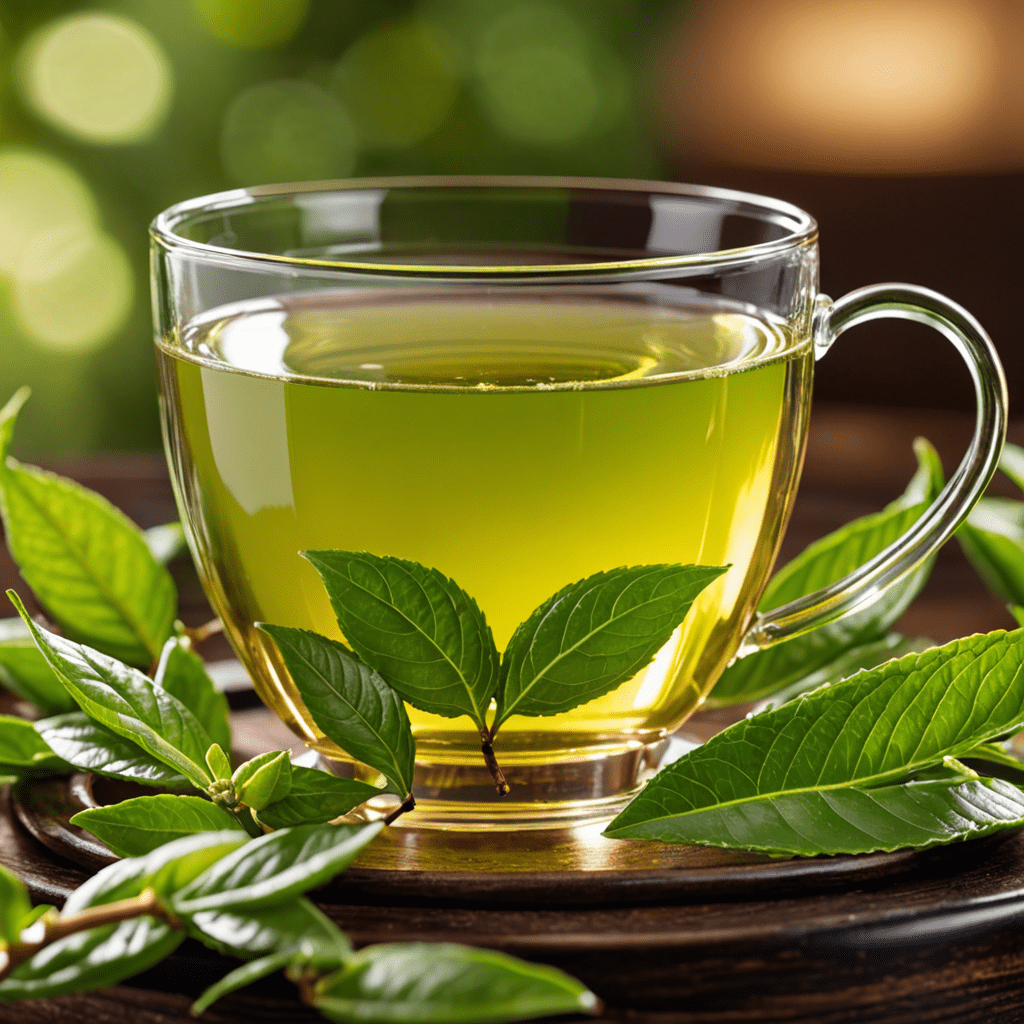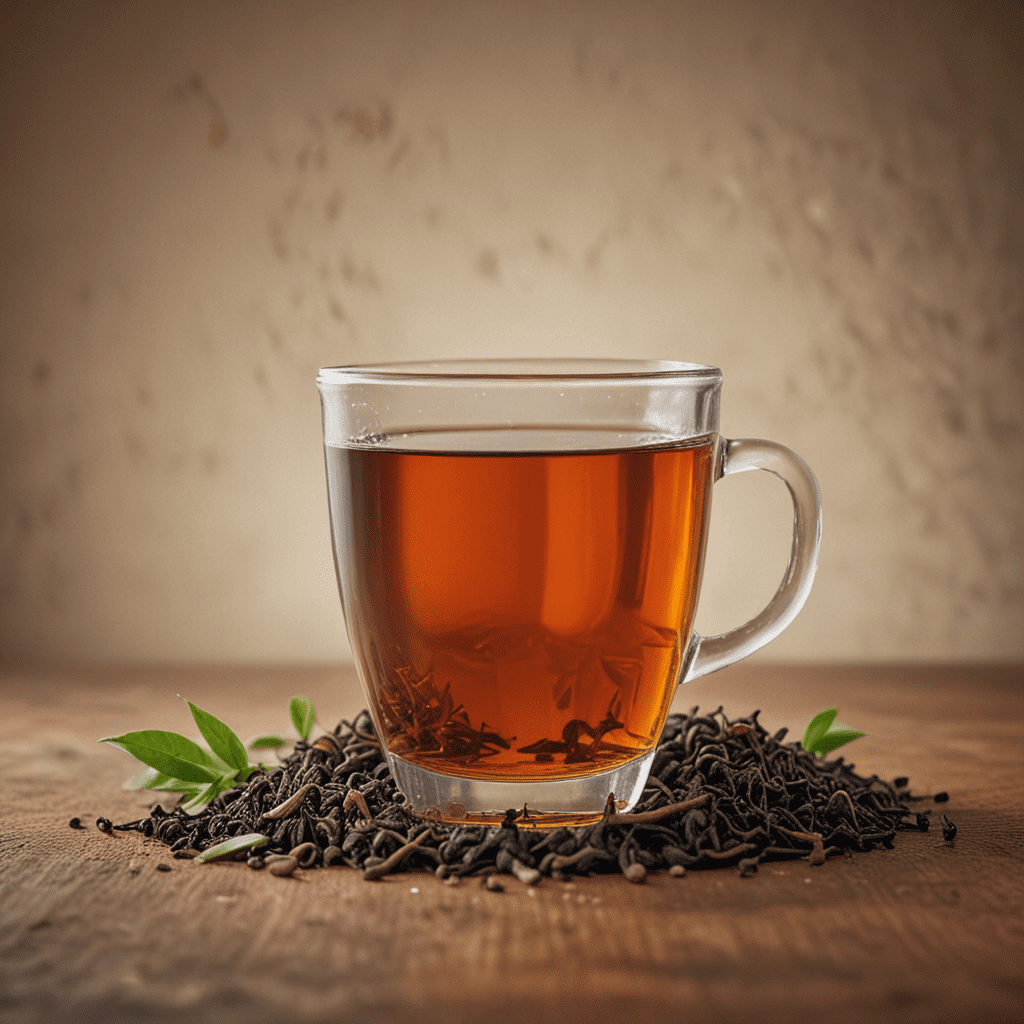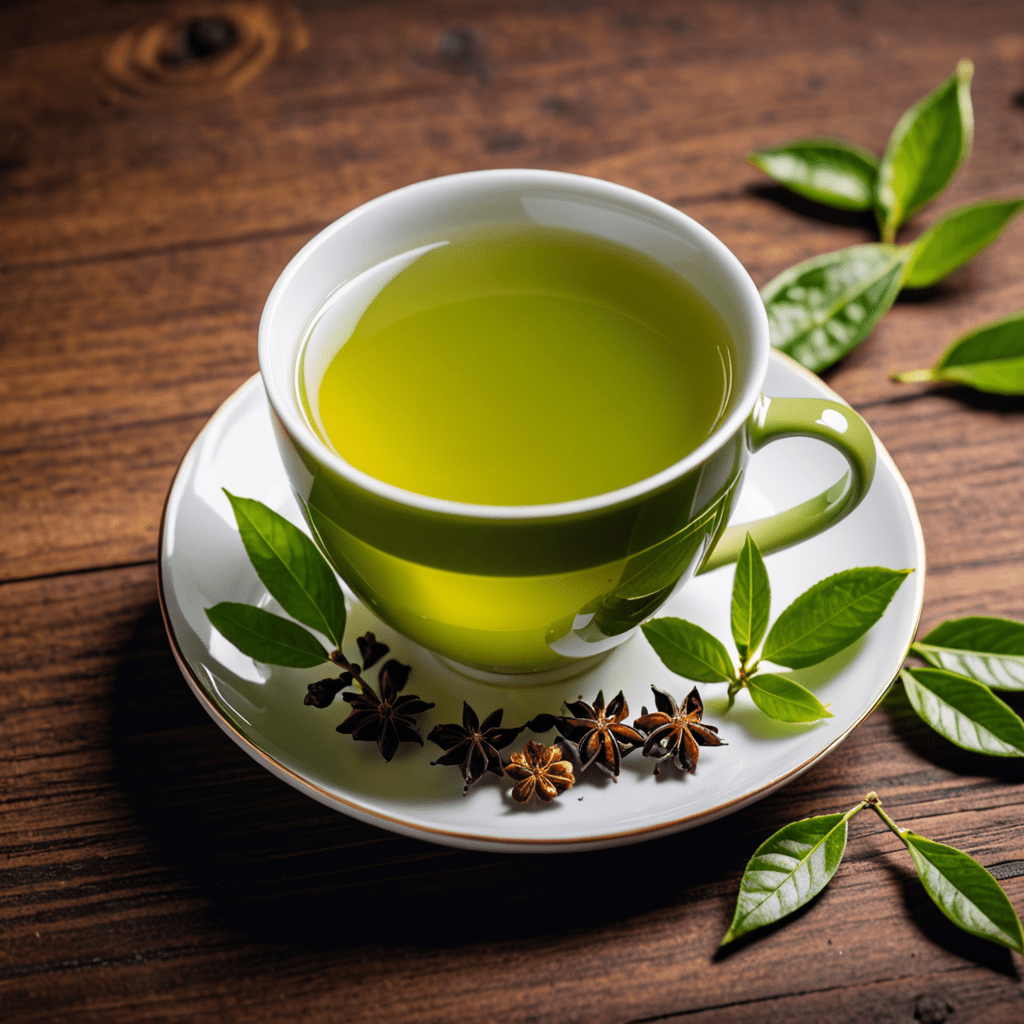The Cultural Significance of Chai Tea in India
Chai tea, a beloved beverage in India, holds profound cultural significance, deeply interwoven into the fabric of society.
I. History and Origins of Chai Tea in India
Chai's roots can be traced back to ancient Ayurvedic medicine, where spices like ginger, cinnamon, and cardamom were used for their therapeutic properties. The introduction of tea by British colonists in the 19th century marked a pivotal moment, as it blended with traditional Indian spices to create the unique brew we know today as chai.
II. Chai as a Social Lubricant
Chai is not merely a drink; it is a social ritual. Its preparation and sharing are deeply ingrained in Indian culture, fostering communication and bonding. The act of gathering around a steaming cup of chai, often accompanied by snacks, facilitates conversations, strengthens relationships, and creates a sense of togetherness.
III. Chai in Daily Life
Chai is ubiquitous in India, found in homes, workplaces, and public spaces. It is an integral part of morning rituals, providing the warmth and energy needed to start the day. Afternoon breaks are often centered around a cup of chai, offering a respite from the hustle and bustle.
IV. Economic Importance
Chai is a major industry in India, contributing significantly to livelihoods and tax revenue. It generates employment opportunities in cultivation, processing, and distribution, supporting the livelihoods of countless individuals and families.
V. Chai as a Culinary Delight
Chai is not just a beverage; it is a culinary delight. Different regions of India have their unique variations and blends, often reflecting local tastes and traditions. Chai is typically blended with spices like ginger, cardamom, and cinnamon, along with milk and sugar to create a rich, flavorful brew.
VI. Chai as a Symbol of Hospitality
Chai holds a special place in Indian hospitality. It is customarily offered to guests as a gesture of welcome, representing warmth, comfort, and community. The act of sharing chai signifies a genuine desire to connect and make one feel at home.
VII. Chai in Religious and Cultural Practices
Chai transcends its culinary significance, extending into the realm of religion and culture. It is deeply associated with festivals, ceremonies, and spiritual gatherings. Traditional rituals and offerings often involve chai, representing reverence and communion.
VIII. Chai in Popular Culture
Chai has permeated popular culture in India, featuring prominently in literature, film, and music. It has become a symbol of Indian identity and nostalgia, evoking memories and emotions of home and belonging.
IX. Health Benefits and Controversies
Chai offers some health benefits, including antioxidant and immune-boosting properties. However, excessive caffeine consumption and high sugar content have raised concerns. It is crucial to consume chai in moderation and be mindful of individual health needs.
X. Chai as an Intangible Cultural Heritage
In 2019, UNESCO recognized chai as an Intangible Cultural Heritage of Humanity, acknowledging its significance in Indian culinary tradition. This recognition underscores the government's commitment to preserving and promoting this cultural treasure.
FAQs
What is the difference between chai and tea?
Chai is a specific Indian preparation of tea that includes spices and milk, while tea generally refers to the brewed infusion of tea leaves.
What are the most common spices used in chai?
Ginger, cardamom, and cinnamon are the most commonly used spices in chai, although other spices may be added depending on regional preferences.
How is chai typically served?
Chai is typically served hot in small cups, often with added sugar to taste. It may also be served with snacks or biscuits.
Is chai safe for pregnant women?
Due to its caffeine content, chai should be consumed in moderation during pregnancy. It is advisable to consult with a healthcare professional for guidance.
Are there any substitutes for milk in chai?
Yes, chai can be made with alternative milk options such as almond milk, soy milk, or coconut milk.


